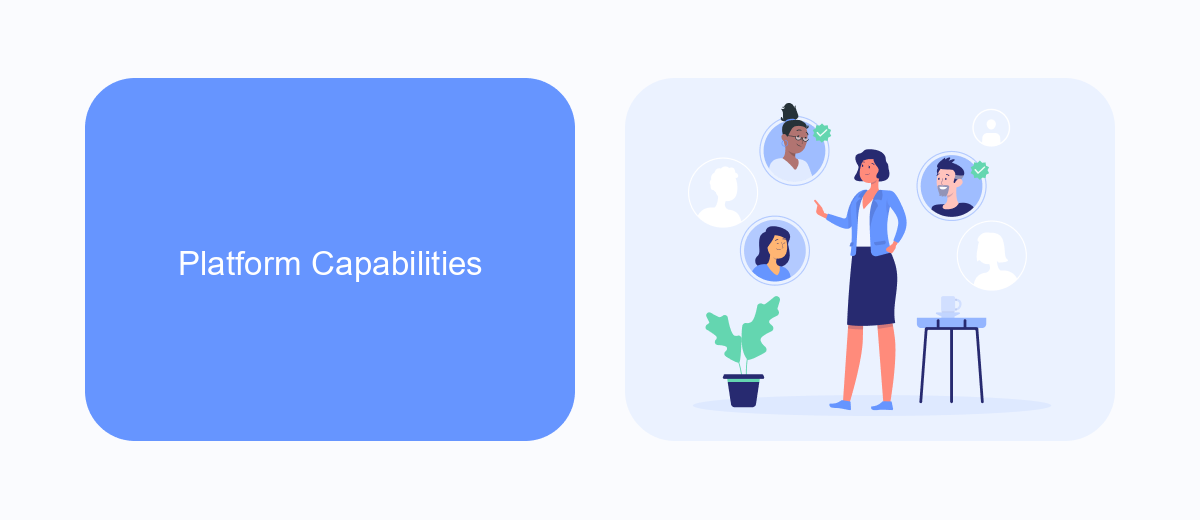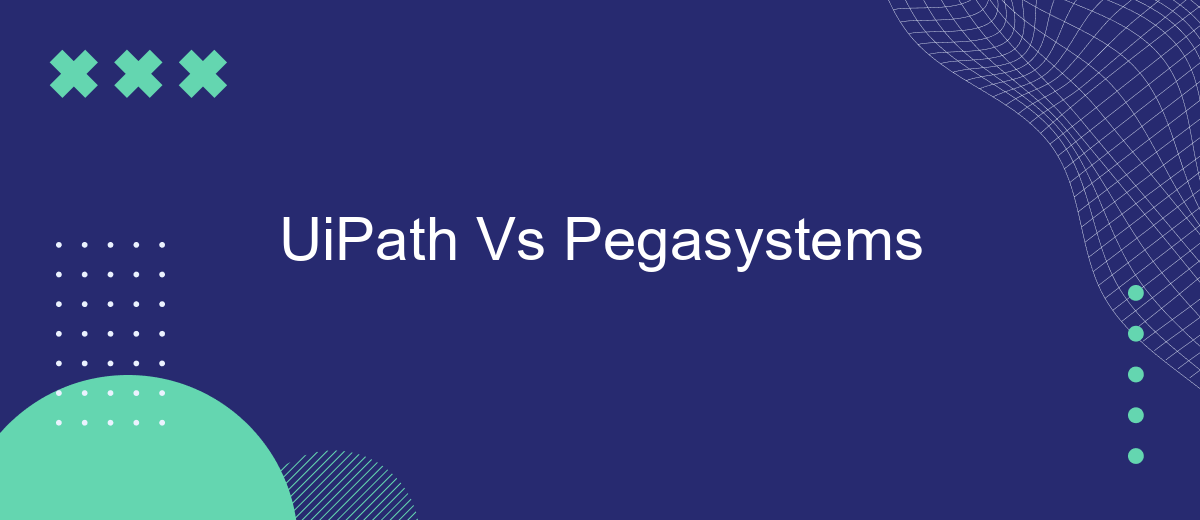When it comes to robotic process automation (RPA) and business process management (BPM), UiPath and Pegasystems are two leading contenders. This article delves into a comprehensive comparison of these platforms, examining their features, capabilities, and overall performance. Whether you're a business looking to streamline operations or a developer seeking the best tools, understanding the strengths and weaknesses of UiPath and Pegasystems is crucial.
Introduction
When it comes to choosing the right automation platform for your business, two names often come to the forefront: UiPath and Pegasystems. Both are leaders in the field of robotic process automation (RPA) and business process management (BPM), offering a range of features designed to streamline operations and enhance productivity. However, understanding the key differences between these two platforms can help you make an informed decision.
- UiPath: Specializes in RPA, providing tools for automating repetitive tasks and workflows.
- Pegasystems: Focuses on BPM, offering comprehensive solutions for end-to-end business process management.
- Integration Capabilities: Both platforms support integration with various third-party services, enhancing their functionality.
One notable service that can be integrated with both UiPath and Pegasystems is SaveMyLeads. This service simplifies the process of integrating various applications without the need for extensive coding, making it easier to automate workflows and manage data across platforms. By leveraging such integrations, businesses can achieve greater efficiency and better ROI from their automation investments.
Platform Capabilities

UiPath and Pegasystems both offer robust platform capabilities designed to streamline business processes through automation. UiPath provides a comprehensive suite of tools for robotic process automation (RPA), enabling businesses to automate repetitive tasks with ease. Its user-friendly interface and extensive library of pre-built automation components make it accessible for users of all skill levels. Additionally, UiPath's integration capabilities are enhanced by services like SaveMyLeads, which simplify the process of connecting various applications and automating data flows between them.
Pegasystems, on the other hand, focuses on a broader range of business process management (BPM) and customer relationship management (CRM) capabilities. Pegasystems' platform is known for its powerful case management and decisioning tools, which allow for complex process automation and real-time decision making. The platform's flexibility and scalability make it suitable for large enterprises with intricate workflows. While Pegasystems also supports integration with various third-party services, its strength lies in its ability to manage end-to-end business processes seamlessly.
Industry Expertise

When comparing UiPath and Pegasystems, it's essential to consider their industry expertise. Both platforms have made significant strides in various sectors, but their core strengths and specializations differ.
- UiPath excels in robotic process automation (RPA) and is widely adopted in industries like finance, healthcare, and retail. Its focus on automating repetitive tasks makes it a preferred choice for businesses looking to streamline operations.
- Pegasystems, on the other hand, is known for its robust business process management (BPM) and customer relationship management (CRM) solutions. It has a strong presence in sectors such as insurance, telecommunications, and government, where complex workflows and customer interactions are critical.
Both UiPath and Pegasystems offer integration capabilities to enhance their functionalities. For instance, services like SaveMyLeads can facilitate seamless integration between various platforms, ensuring that data flows smoothly across different systems. This can be particularly beneficial for businesses looking to leverage the strengths of both UiPath and Pegasystems in their operations.
Customer Success

When it comes to customer success, both UiPath and Pegasystems excel in providing robust solutions that help businesses achieve their goals. UiPath's automation platform is known for its user-friendly interface and extensive community support, making it easier for companies to implement and scale their automation projects.
On the other hand, Pegasystems offers a comprehensive suite of tools that focus on streamlining business processes and enhancing customer engagement. Their platform is designed to adapt to the evolving needs of enterprises, ensuring long-term success and customer satisfaction.
- UiPath: Easy to use, strong community support, scalable solutions
- Pegasystems: Comprehensive tools, adaptable to business needs, enhances customer engagement
Additionally, integrating with services like SaveMyLeads can further enhance customer success by automating lead data transfers between various platforms. This ensures that businesses can focus more on strategic initiatives rather than manual data entry, ultimately driving better outcomes and higher customer satisfaction.
Conclusion
In conclusion, both UiPath and Pegasystems offer robust automation solutions tailored to different business needs. UiPath excels in providing user-friendly robotic process automation (RPA) tools that are easy to implement and scale, making it an ideal choice for organizations looking to streamline repetitive tasks and enhance productivity. On the other hand, Pegasystems stands out with its comprehensive suite of business process management (BPM) and customer relationship management (CRM) capabilities, catering to enterprises that require complex, end-to-end process automation and customer engagement solutions.
When considering integration capabilities, UiPath and Pegasystems both support a wide range of third-party applications. Tools like SaveMyLeads can further enhance these integrations by automating data transfer between different platforms, ensuring seamless workflows and improved efficiency. Ultimately, the choice between UiPath and Pegasystems will depend on the specific requirements of your organization, including the complexity of processes, scalability needs, and the desired level of integration with existing systems.
- Automate the work with leads from the Facebook advertising account
- Empower with integrations and instant transfer of leads
- Don't spend money on developers or integrators
- Save time by automating routine tasks
FAQ
What are the primary differences between UiPath and Pegasystems?
Which platform is more suitable for large-scale enterprise automation?
How do UiPath and Pegasystems handle integration with other systems?
Can both UiPath and Pegasystems be used by non-technical users?
What support options are available for implementing and integrating these platforms?
Would you like your employees to receive real-time data on new Facebook leads, and automatically send a welcome email or SMS to users who have responded to your social media ad? All this and more can be implemented using the SaveMyLeads system. Connect the necessary services to your Facebook advertising account and automate data transfer and routine work. Let your employees focus on what really matters, rather than wasting time manually transferring data or sending out template emails.

